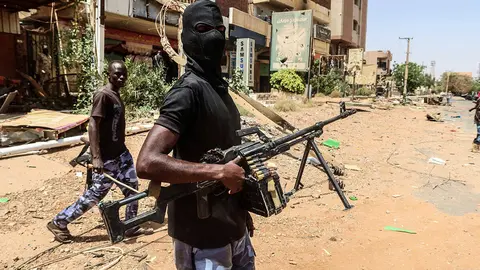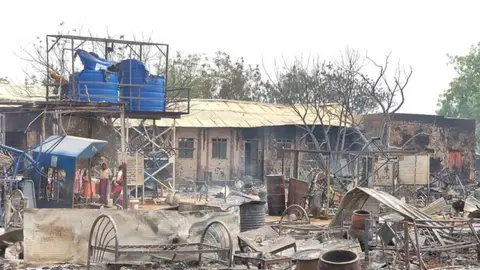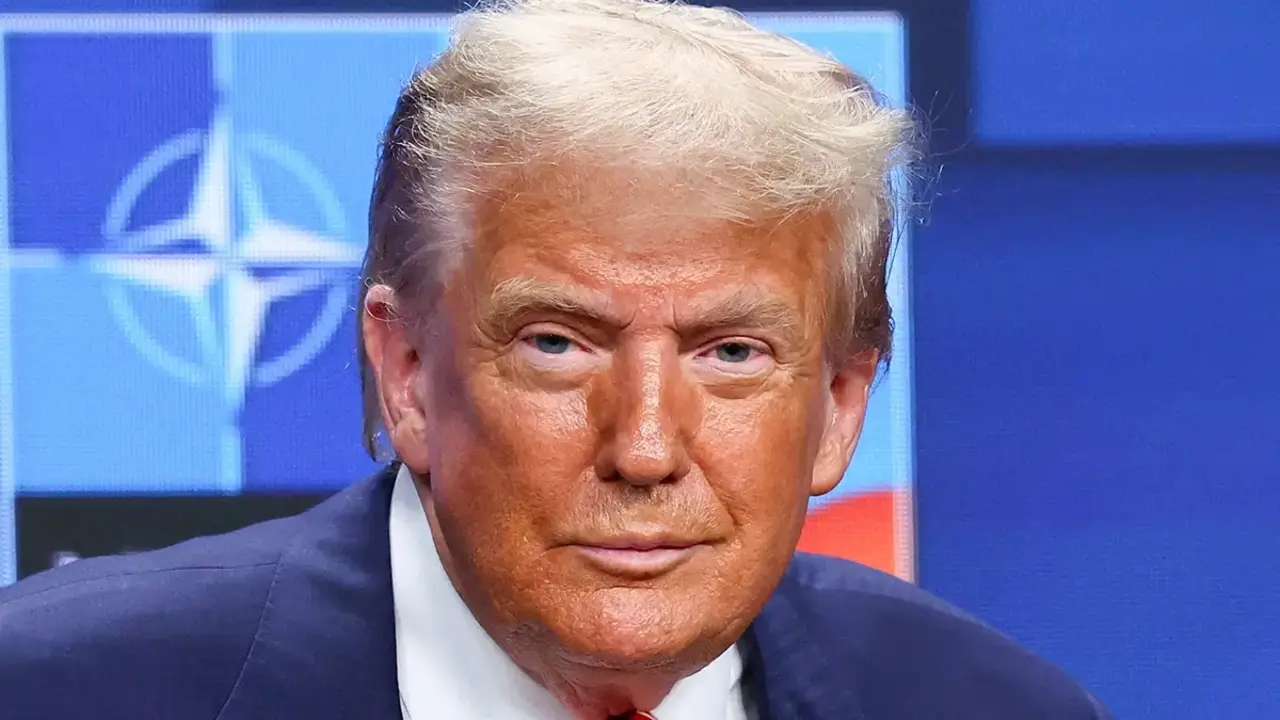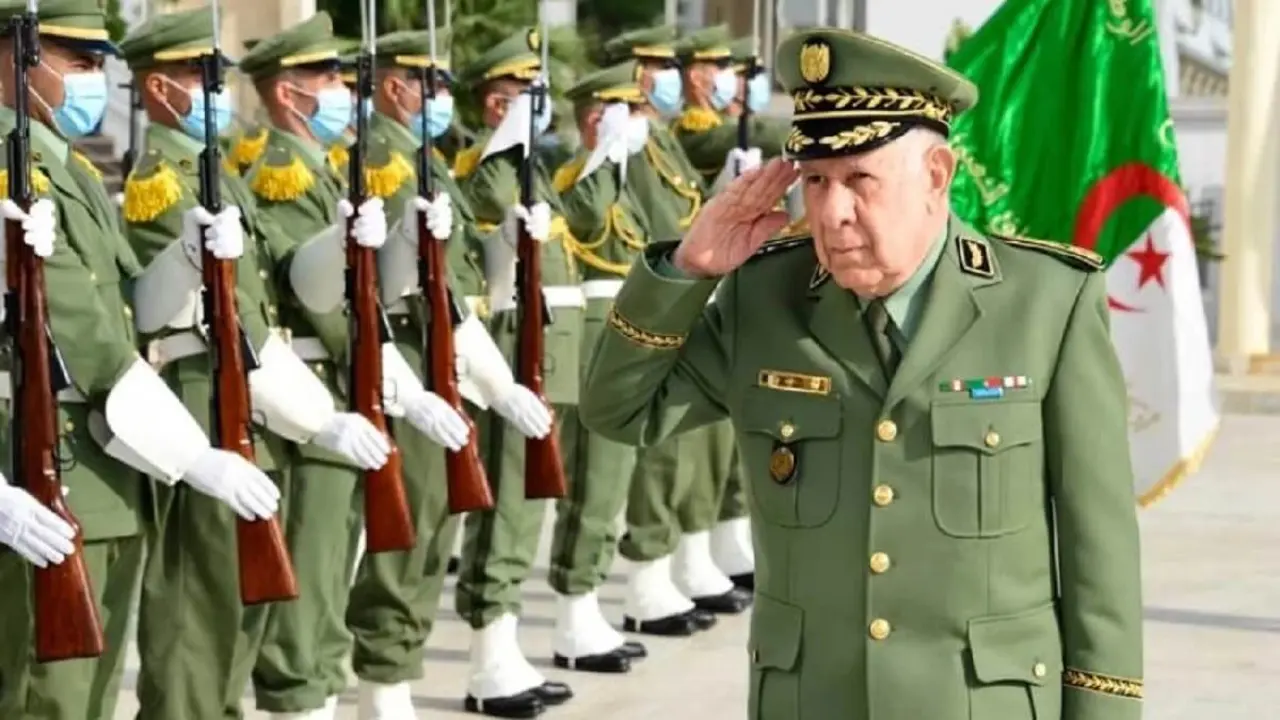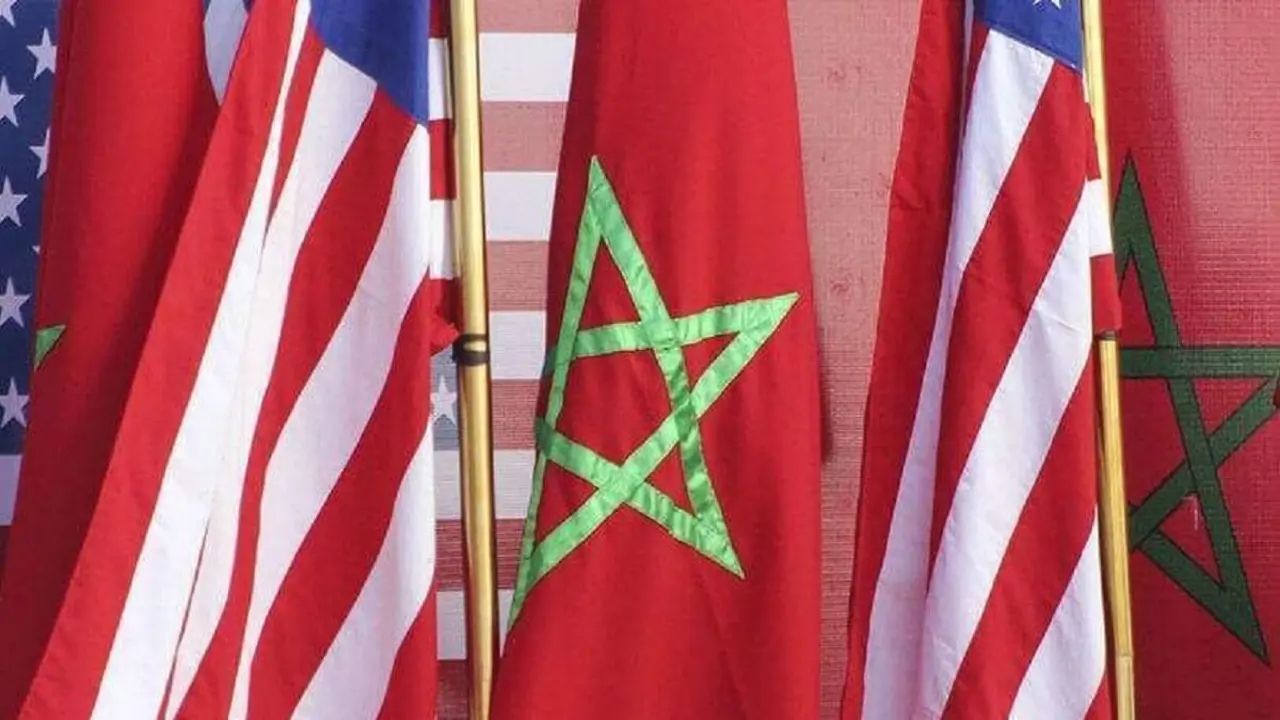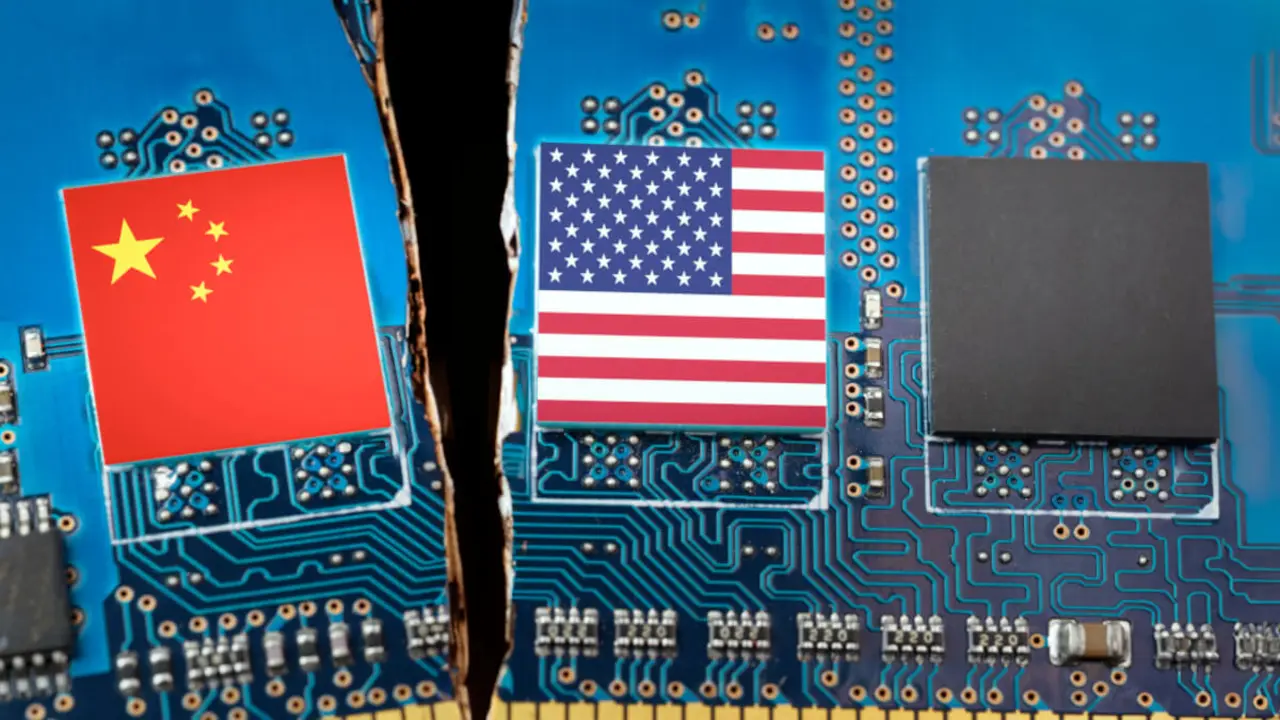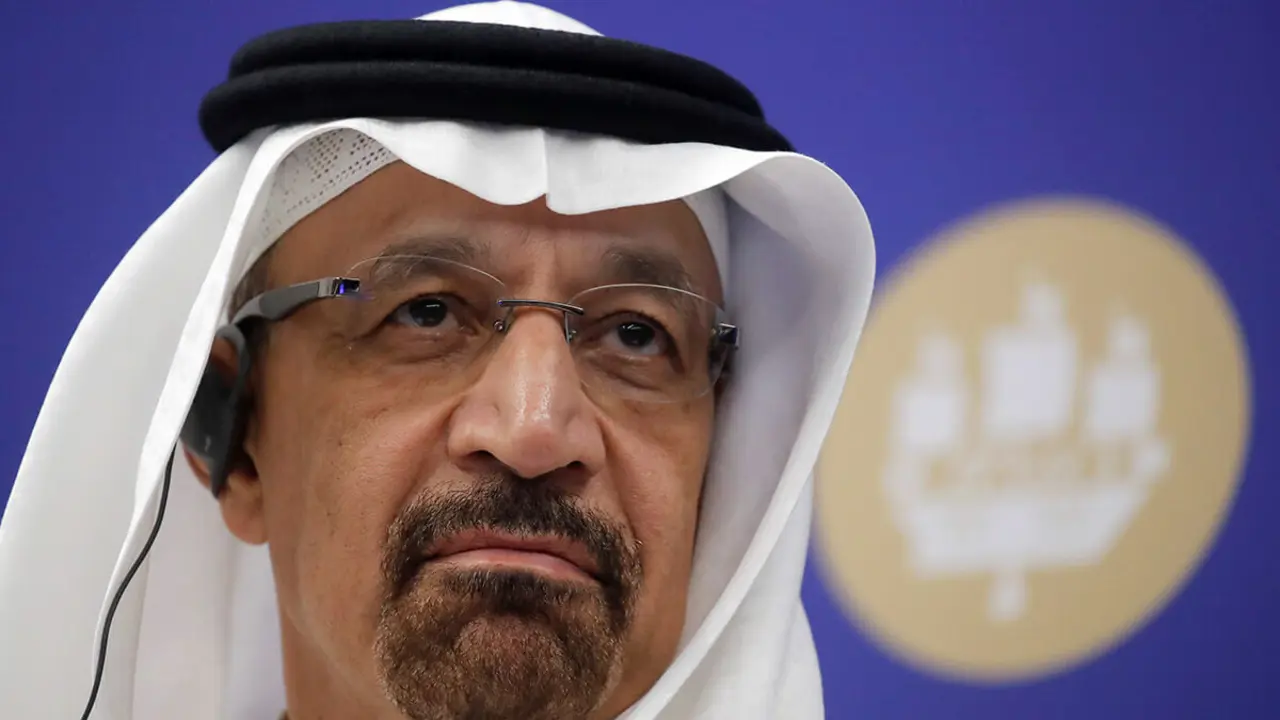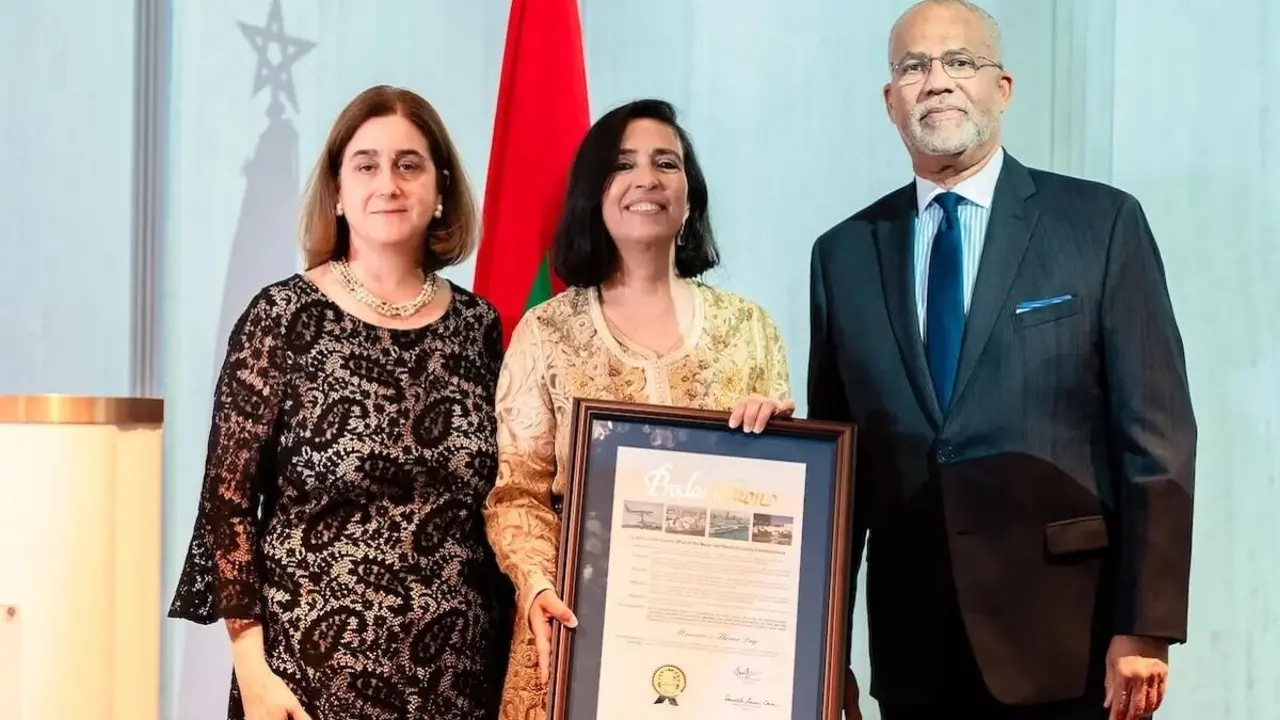The battle of Khartoum marks a turning point in the Sudan War

The conflict in Sudan has reached a critical point with the intense battle fought around the Soba bridge and the presidential palace in Khartoum. The fierce fighting between the Sudanese Army and the Rapid Support Forces (RSF) has turned these strategic points into the epicentre of a battle that could define the future of the war.
Military sources informed Al-Ain Al-Akhbariya that in the last few hours there have been heavy clashes at the Soba bridge, to the east of the capital, and in the area around the presidential palace. The fighting has caused significant human and material losses, reflecting the violence of the conflict.
The Soba bridge, which crosses the Nile and links the east and west of Khartoum, is a point of vital strategic importance. Control of the bridge allows operations to be secured and facilitates the movement of troops and logistical supplies. In this context, the Sudanese Army announced that it had taken partial control of the bridge and was continuing its advance towards the centre of the capital, where the presidential palace and the seat of the federal government are located.
The Sudanese Armed Forces (SAF), for their part, have adopted a strategy of tactical withdrawal, gradually moving from the east of Khartoum towards the western bank of the Soba bridge and relocating in and around the city centre. According to a high-ranking SAF military source, this move is aimed at reorganising their forces and maintaining control over key points in the capital.
Experts agree that control of the bridges in Khartoum is a decisive factor in the outcome of the war. Youssef Abdullah, a security and strategy analyst, explains that the Sudanese army's control of the Soba Bridge strengthens its position at the southern entrance to Khartoum and allows it to extend its influence in key areas such as Haj Youssef, East Nile and the southern districts of the city. Furthermore, it emphasises that the Rapid Support Forces maintain control over the Jabal Awliya and Al-Manshiya bridges, which connect important regions and guarantee the logistical supply of their troops.
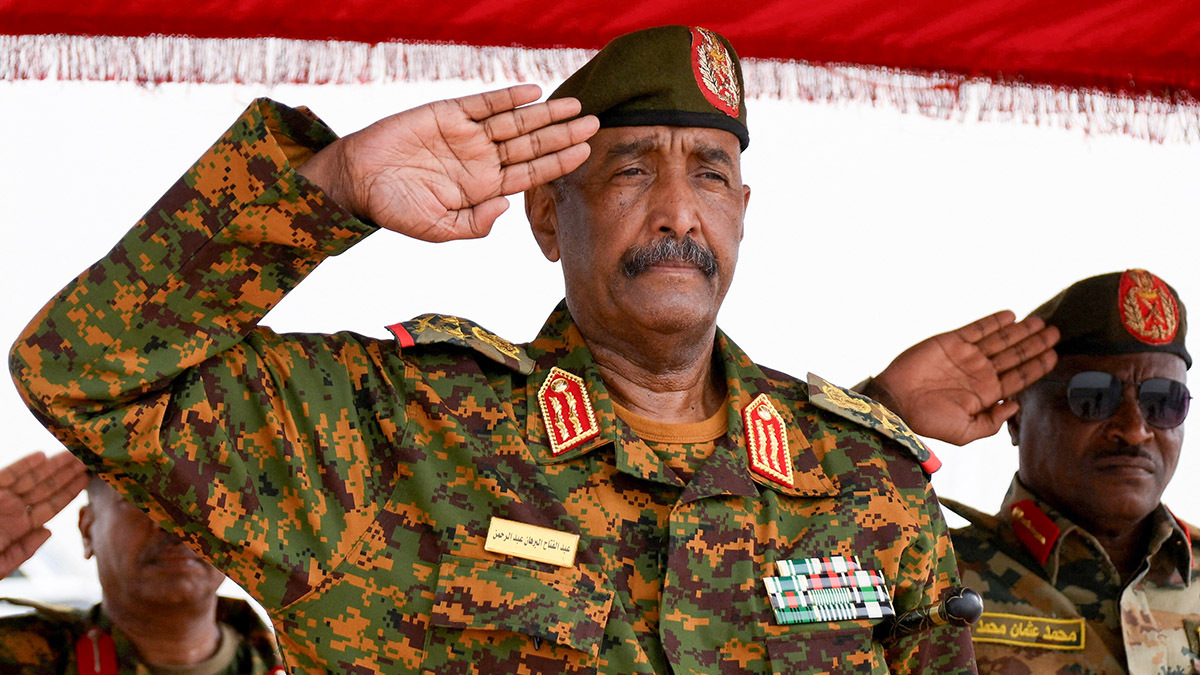
Meanwhile, the Sudanese army has made significant advances in the capital, taking control of the ‘Freedom’ tunnel, which links central and southern Khartoum, and penetrating the vicinity of the Arab market. However, the fighting around the presidential palace is still fierce, with the FAR using snipers and missiles to slow down the military advance.
According to military expert Fakhr El-Din Youssef, the battle for the presidential palace will be decisive in defining control over Khartoum. He claims that the FAR has used temporary retreats and evacuations from strategic sites to minimise its losses, while the Sudanese Army seeks to consolidate its hold on the capital.

Since April 2023, the conflict between the Sudanese army and the FAR has had a devastating impact, leaving more than 20,000 dead and approximately 14 million displaced persons and refugees, according to United Nations data. The war has plunged the country into an unprecedented humanitarian crisis, with growing international calls for a ceasefire to prevent famine and the death of millions of people due to food shortages.

The battle for Khartoum and control of its nerve centres continues to intensify, and its outcome could determine the fate of the conflict in Sudan. The international community is closely following events, waiting for a solution that will put an end to the humanitarian tragedy that is devastating the country.

